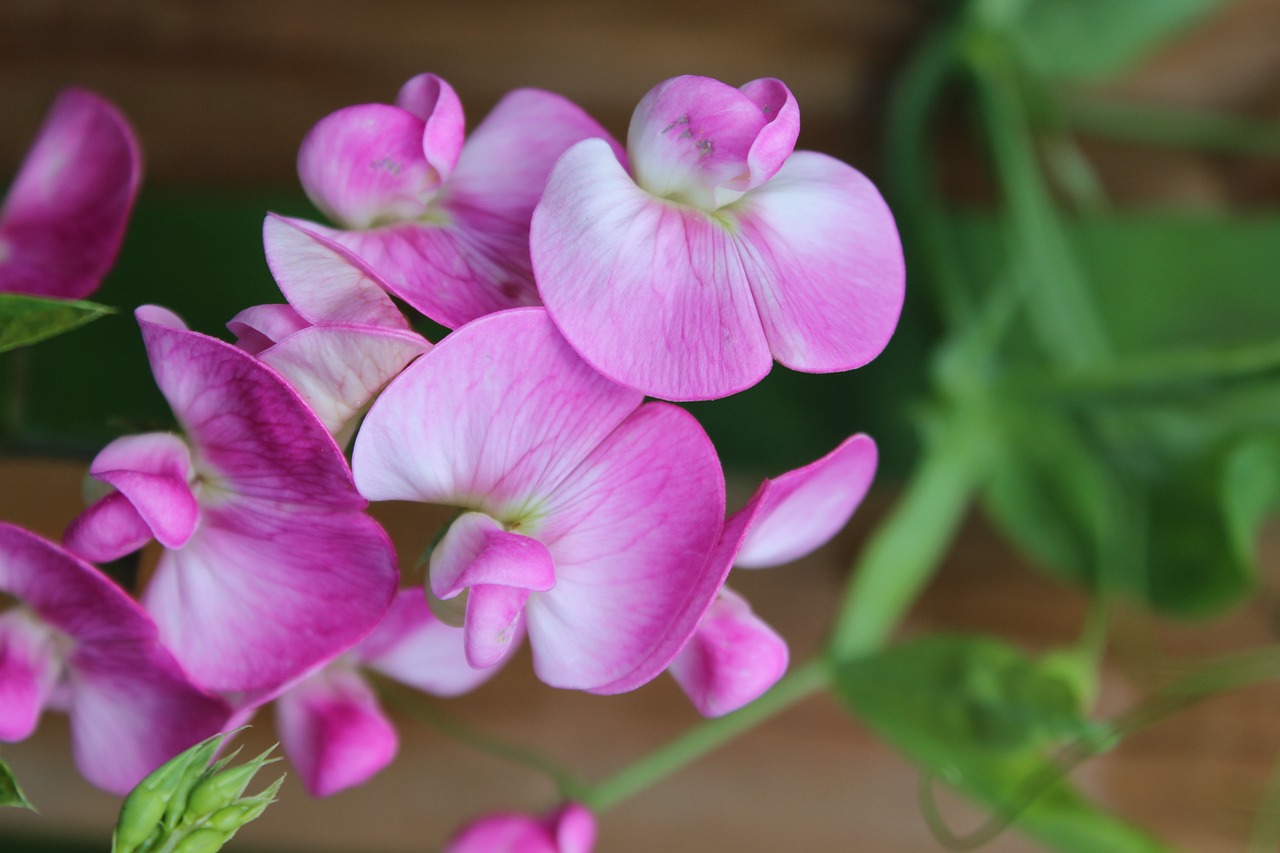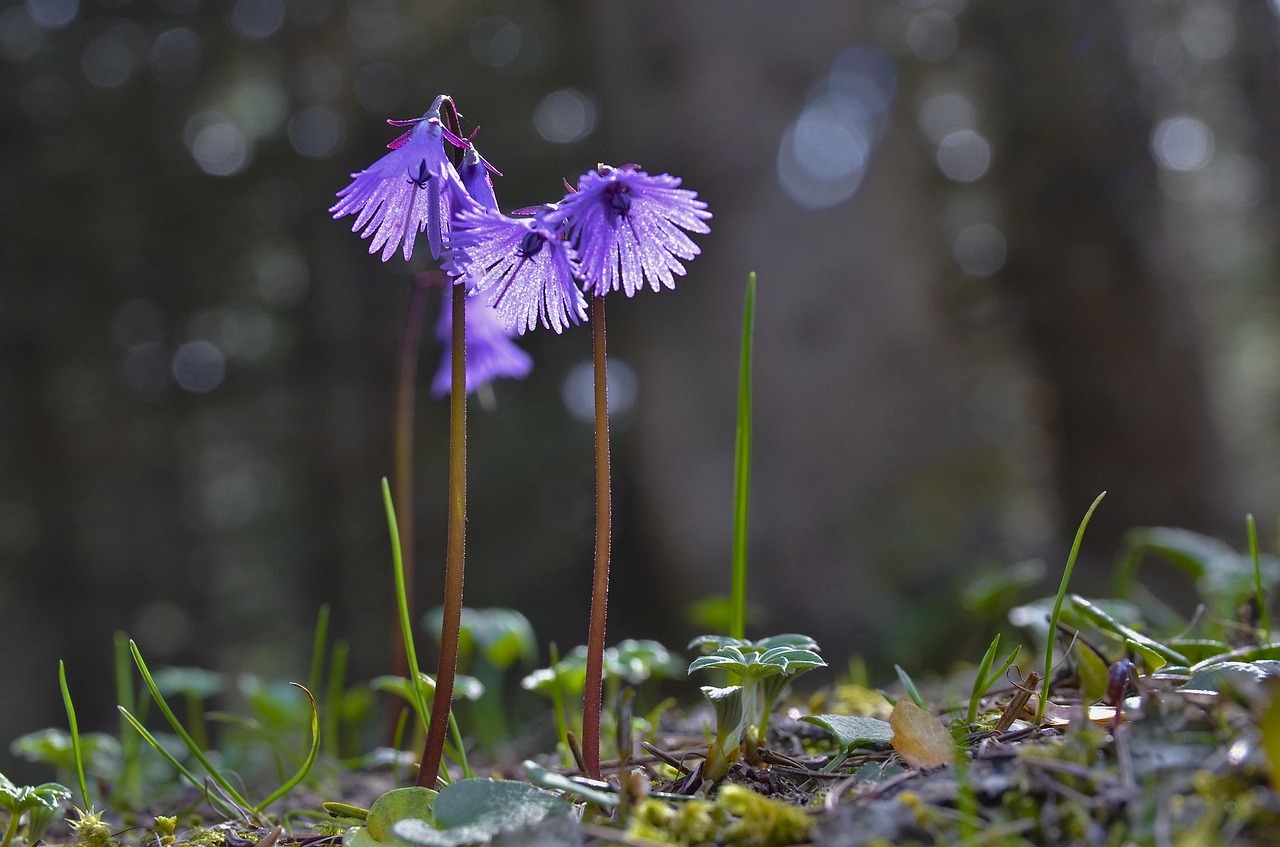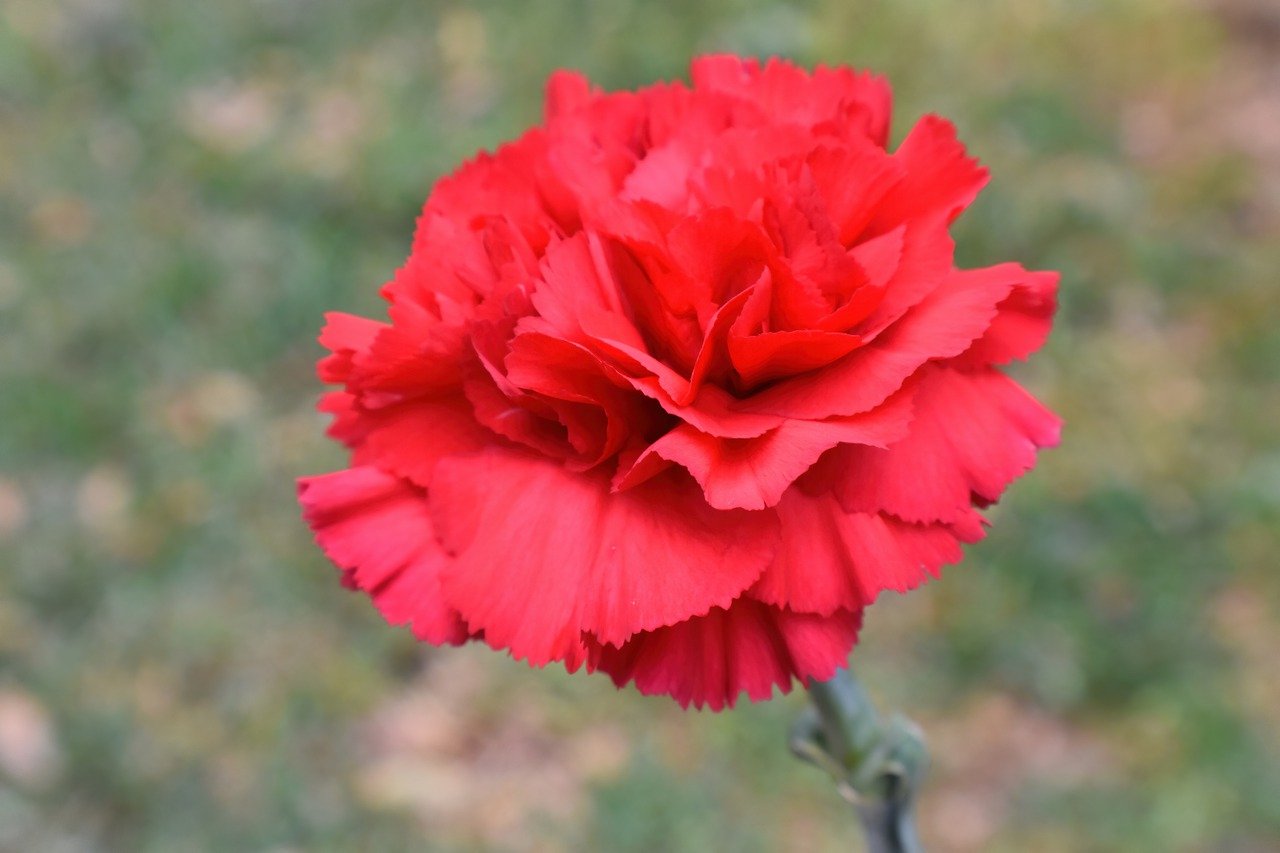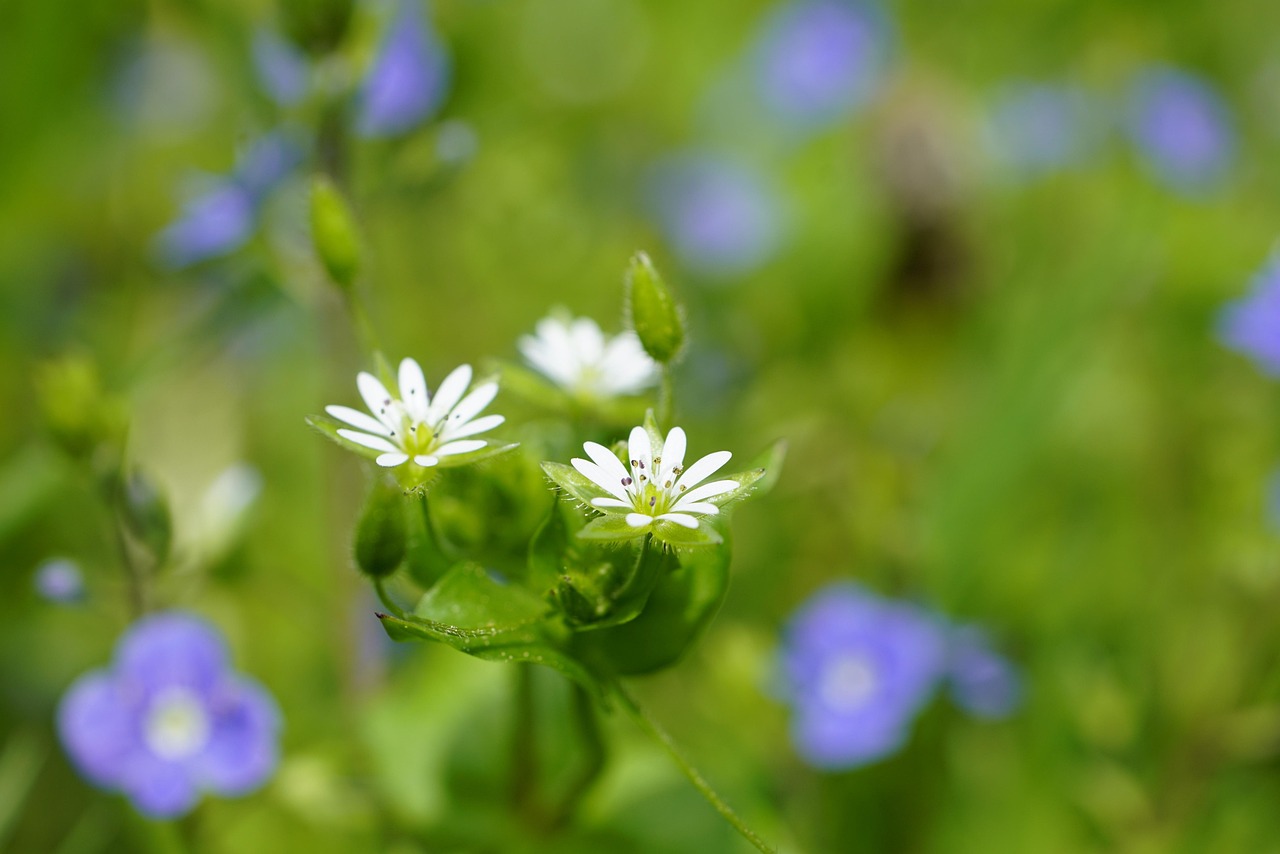Veronica teucrium | The Healing Blue Flower from Ancient Rome
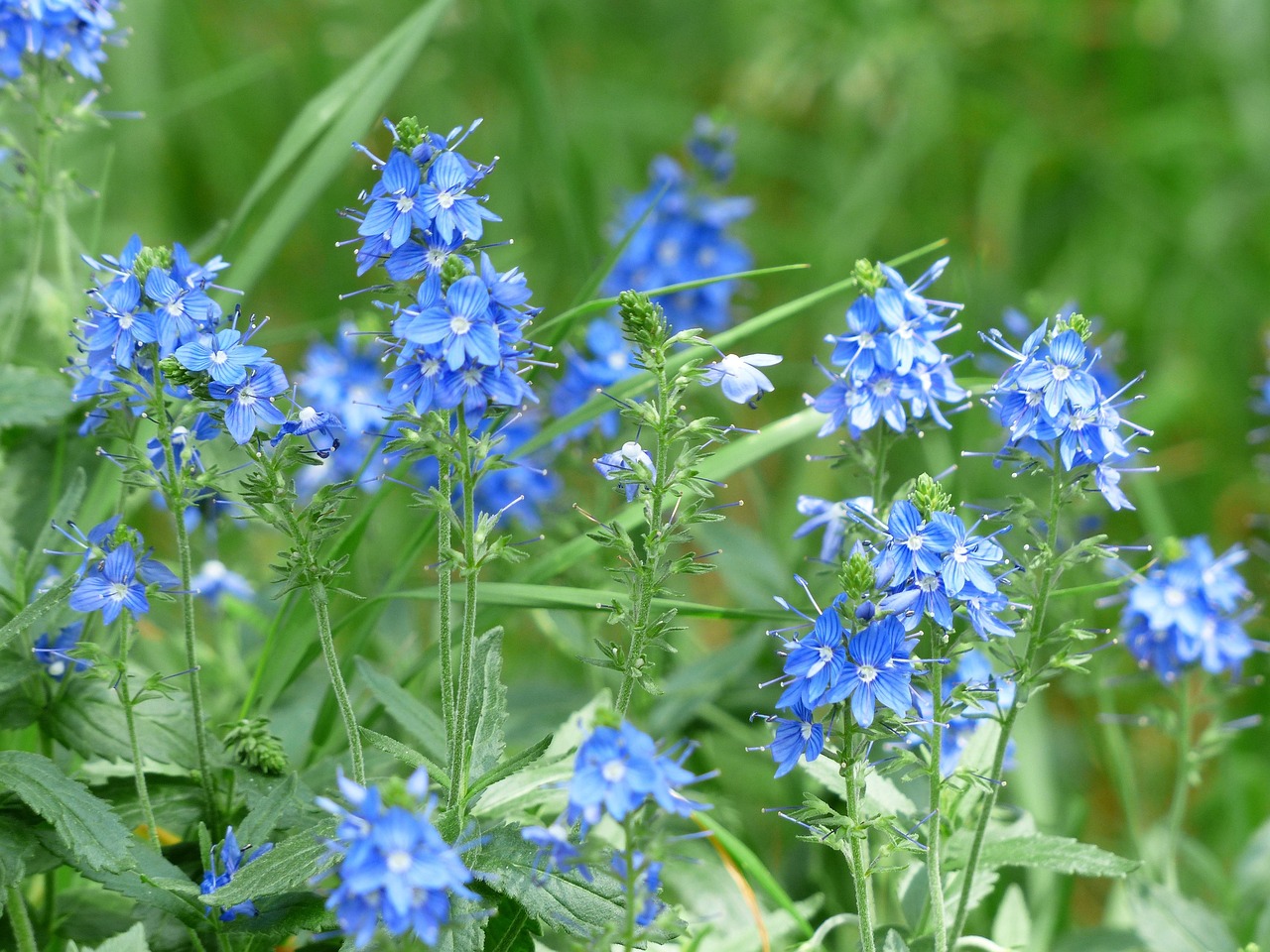
I introduce Veronica teucrium, a perennial plant that produces clusters of vivid bluish-purple flowers, cherished for bringing a refreshing impression to gardens.
It blooms from early to mid-summer and is valued as a cut flower as well as an accent in border gardens.
In this article, I will provide detailed information about Veronica teucrium—its basic characteristics, cultural and historical background, and tips on cultivation.
Basic Information
- Scientific name: Veronica teucrium
- Family: Plantaginaceae
- Origin: Europe, Caucasus region
- Appearance: It grows 30–70 cm tall, producing upright stems topped with numerous small bluish-purple flowers. The leaves are oval with slight serrations, and the plant is characterized by its well-balanced silhouette.
- Blooming season: May to July
Cultural Significance Around the World
Veronica teucrium has long been appreciated as a garden plant, particularly in Europe.
In Germany and Austria, it can be found growing wild in meadows and mountain foothills, making it well-suited to natural-style gardens.
In the United Kingdom, since the 19th century, it has been incorporated into mixed border gardens, where its bright blue flowers create harmony with other plants.
In recent years, it has been reevaluated in Europe and North America as a suitable plant for natural gardens that highlight the charm of wildflowers.
Historical Background
Plants of the Veronica genus were known throughout Europe as early as Ancient Rome, and by the Middle Ages, they were cultivated in monastery gardens.
The species Veronica teucrium was formally named and recorded in the 18th century by the Swedish botanist Carl Linnaeus, as part of the development of modern taxonomy.
Since then, especially in Britain and Germany, selection and breeding have advanced, leading to the distribution of highly ornamental cultivars.
Horticultural books from the 19th to early 20th century frequently mentioned it as a perennial with striking blue flowers, showing its strong presence in garden culture of the time.
Gardening Advice
Veronica teucrium prefers sunny, well-ventilated locations, bringing a refreshing touch to early summer gardens. To grow it more beautifully, keep the following points in mind:
Sunlight
Thrives in full sun with ample daylight.
Watering
Avoid excessive moisture. Water generously when the soil surface dries. During prolonged dry spells, water moderately in the morning or evening.
Soil
Well-drained soil is ideal. If the soil is clayey, improve aeration by mixing leaf mold or pumice.
Fertilizer
Requires little fertilizer. However, applying a slow-release fertilizer in spring promotes steady blooming.
Pruning
After flowering, cut back flower stems to encourage new buds. In autumn, trimming at the base helps keep the plant tidy.
Hardiness
Hardy and regrows even after frost. In colder regions, lightly cover the base with leaf mold for extra protection.
Conclusion
Veronica teucrium is a perennial native to Europe, known for its bluish-purple flowers that give a cool impression.
Since being recorded in the 18th century taxonomy, it has been loved in gardens across Germany, Britain, and beyond.
Its elegant summer bloom suits both border and natural gardens, and with pruning, it can flower repeatedly.
Hardy and relatively easy to care for, it remains a long-lasting favorite among gardeners.

